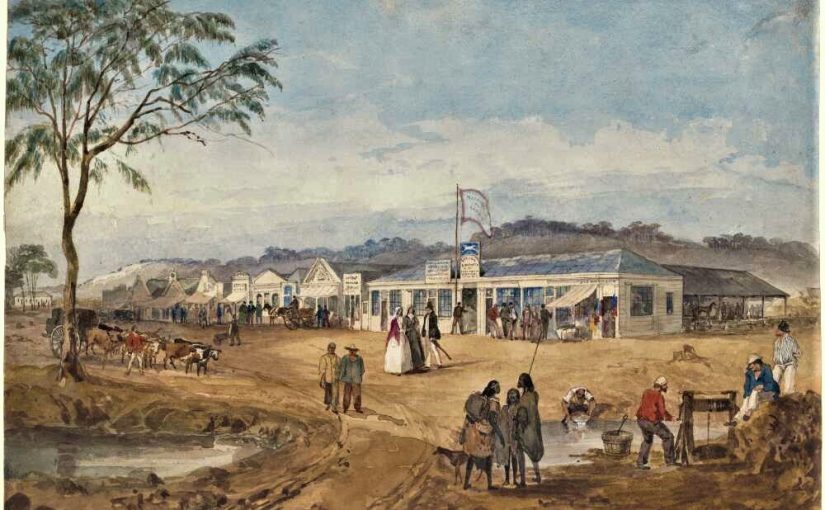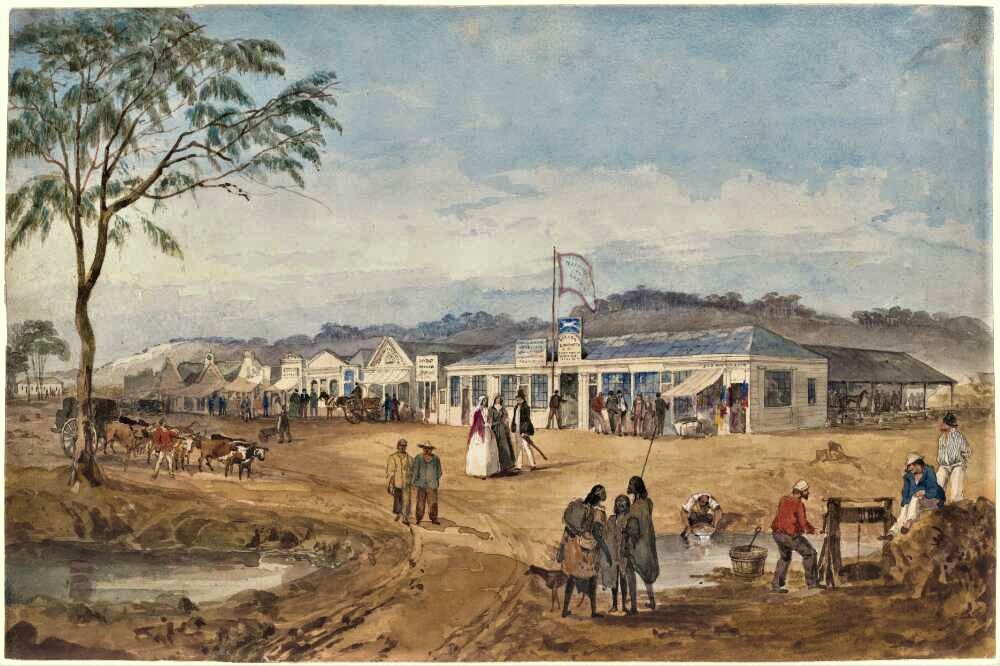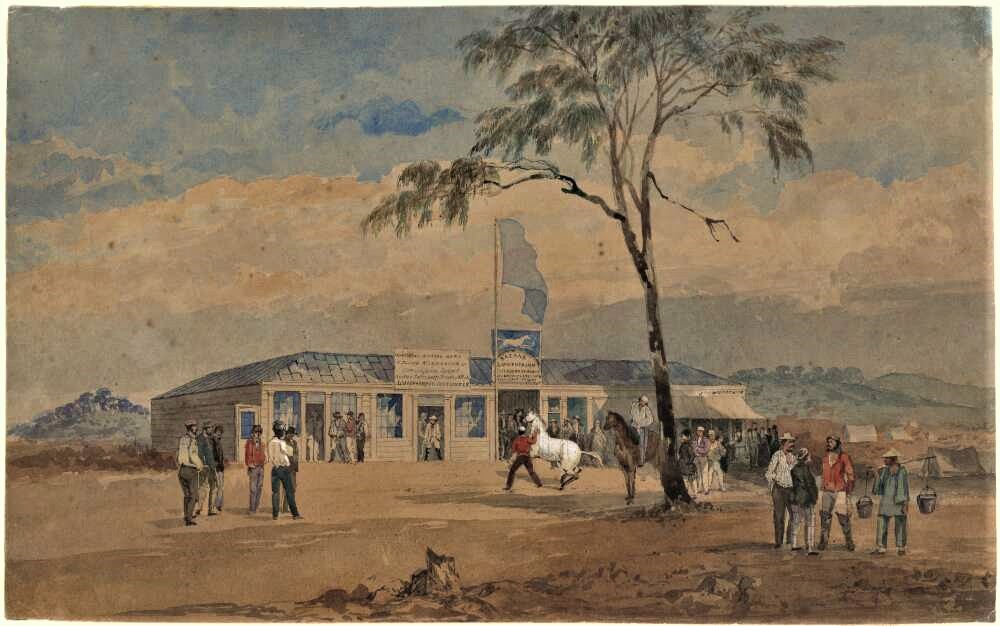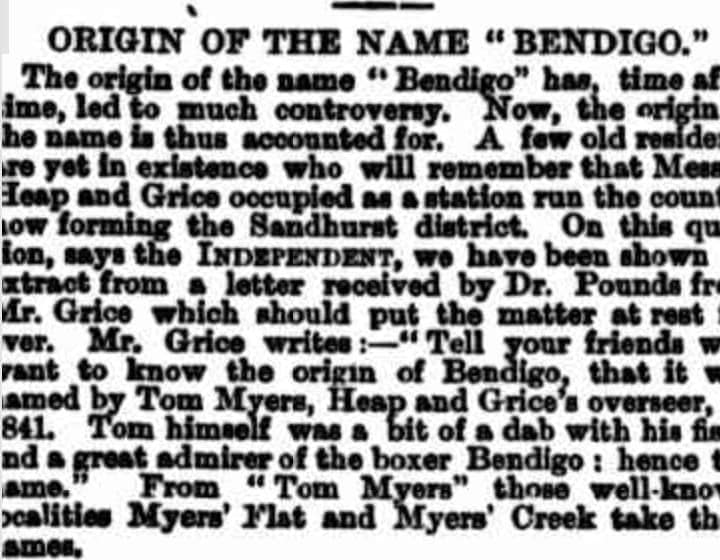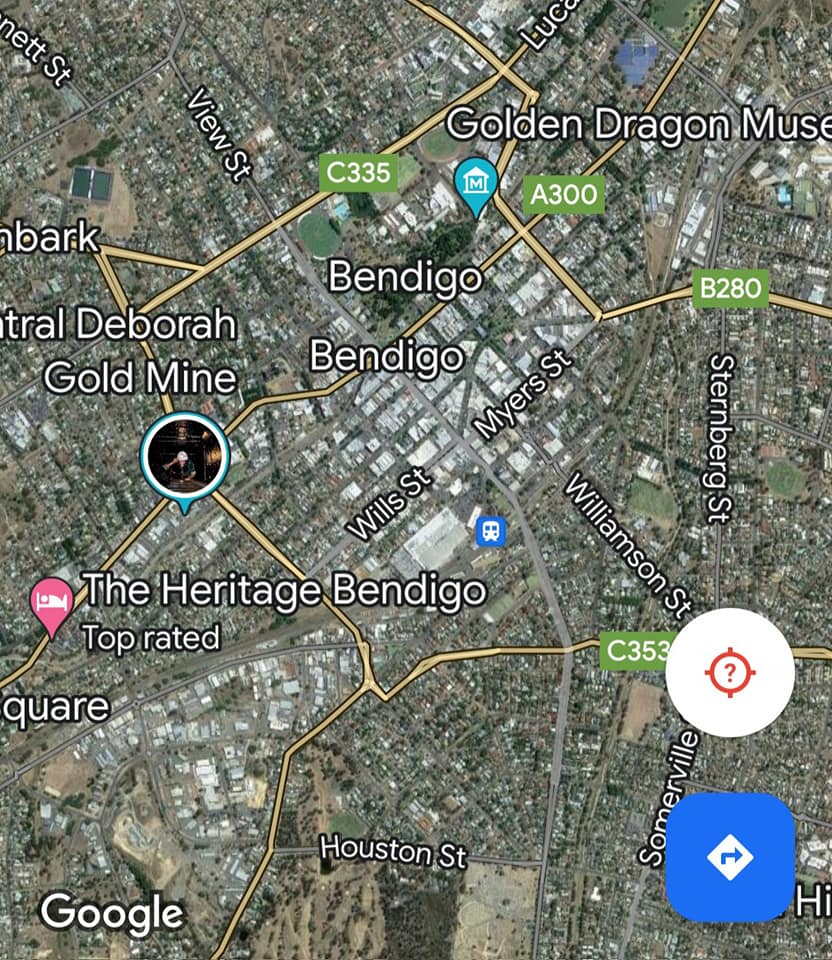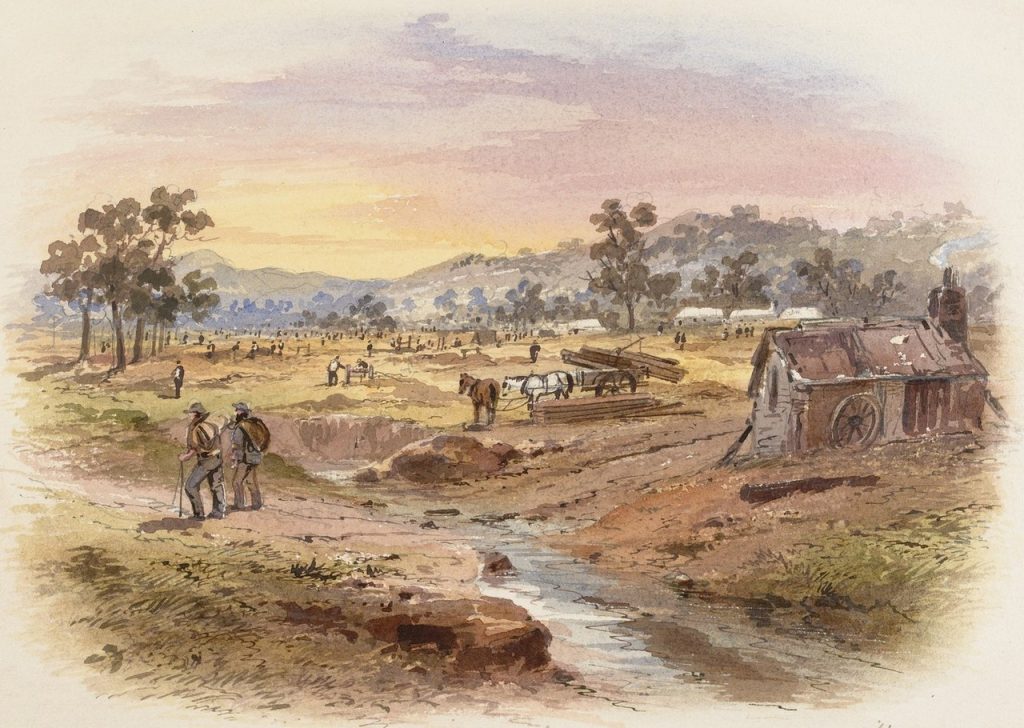Go ‘Bendy’ Go – The Boy Who Liked To Box
A new children’s book about Bendigo has been published over in Australia.
Go ‘Bendy’Go is based on the true story of Bendigo Thompson, underdog and street urchin turned heavyweight bare-knuckle boxing champion of mid 19th century England.

Written by Lauren Mitchell and illustrated by Geoff Hocking, the book shares the early history of Bendigo in a fun and accessible way.
Go ‘Bendy’ Go is based on the true story of William Abednego Thompson, a bare-knuckle boxing champion from England, who unknowingly gave his name to the goldfields city of Bendigo. A treat for all generations, a fun and rollicking read for children and informative for adults – the story of Bendigo.

Introduction
A richly-illustrated story of William Abednego Thompson, bare knuckle boxing champion of all-England (1832-1850), known as Bold Bendigo, after whom the Australian goldfields of Bendigo, in Central Victoria, is named. His is a story of rising from poverty, from a working class family in industrial Nottingham, UK, to become the ‘Pride of Nottingham. Known the world over as the most athletic, and thrilling fighter of his day, for William Thompson his life was not without its trials and tribulations. After his career in the ring was over he took to the drink and was gaoled 28 times for disorderly, drunken behaviour. In prison he found redemption and became a Methodist lay-preacher. He died in his 69th year after puncturing a lung, falling down the stairs in his cottage. His funeral, which passed through the crowded streets of Nottingham drew more than 10,000 onlookers and fights broke out among his supporters and fans. His tomb remains, the only one left, in a park in central Nottingham today.
Lauren Mitchell
Six generations of Lauren Mitchell’s family have watched the Chinese dragons dance in Bendigo, since her Cornish great, great grandfather arrived to mine for gold. Lauren has been sharing stories of Bendigo’s culture and community for more than 20 years, as a journalist, editor and author.

